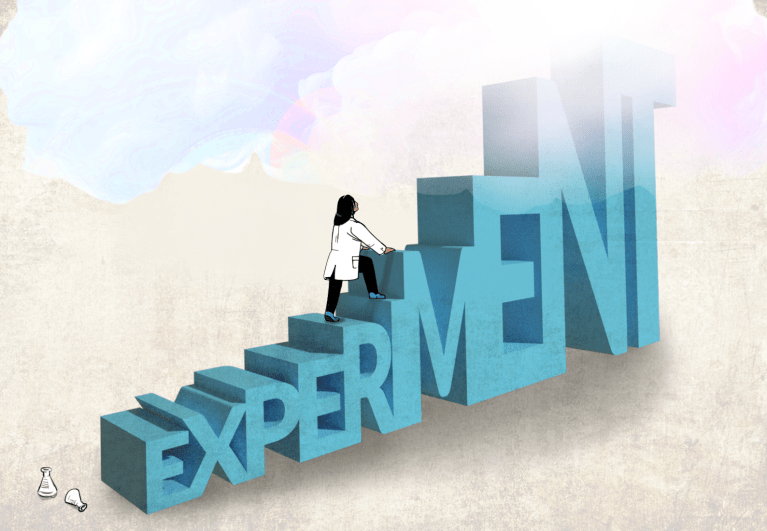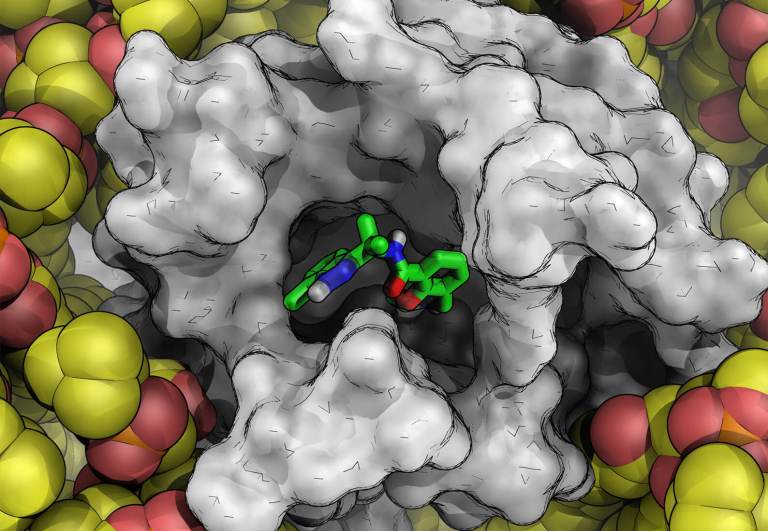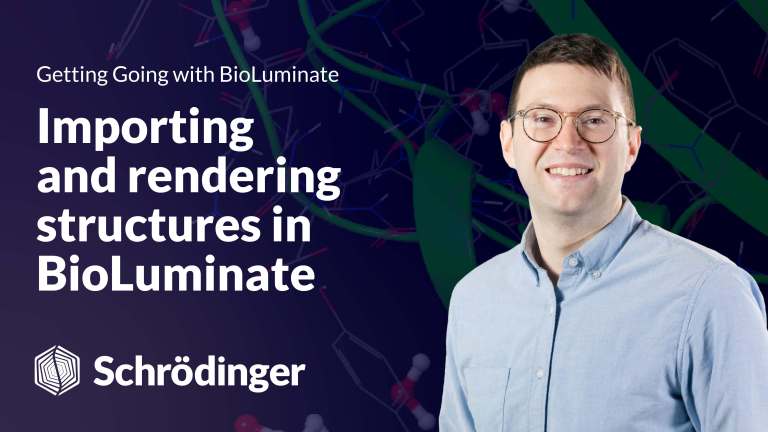 Video
Life Science
Video
Life Science
Importing and Rendering Structures in BioLuminate
The second video in the Getting Going with Maestro BioLuminate Video Series: importing structures from the Protein Data Bank (PDB), selection and inclusion and workspace styling options.
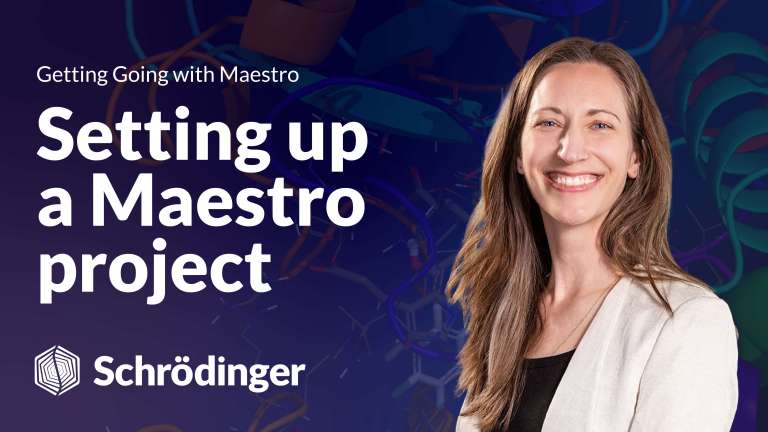 Video
Life Science
Video
Life Science
Setting up a Maestro Project
The first video in the Getting Going with Maestro Video Series: the working directory, saving a project, and customizing mouse actions.
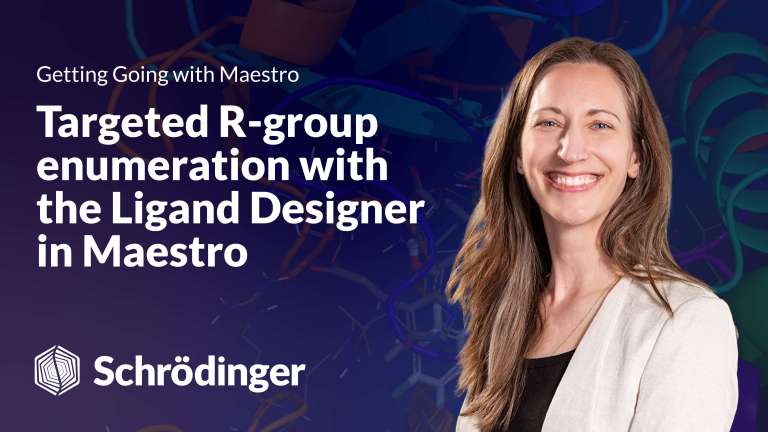 Video
Life Science
Video
Life Science
Targeted R-Group Enumeration with the Ligand Designer in Maestro
The eleventh video in the Getting Going with Maestro Video Series: R-Group Enumeration and docking with the Ligand Designer, customizing an MPO, post-processing Ligand Designer outputs.
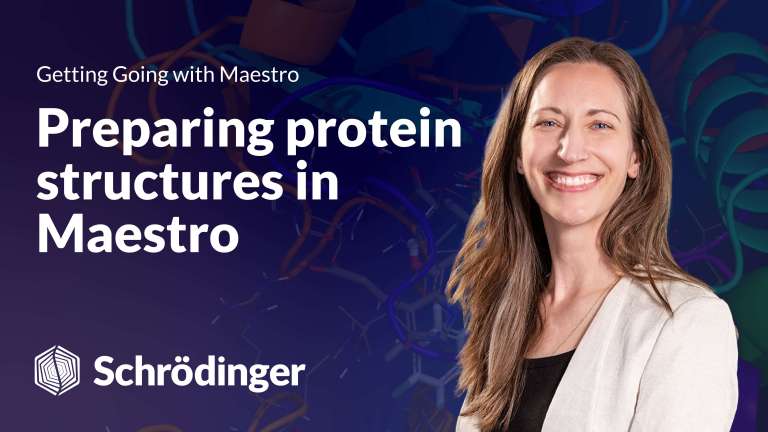 Video
Life Science
Video
Life Science
Preparing Protein Structures in Maestro
The tenth video in the Getting Going with Maestro Video Series: protein preparation with the Protein Preparation Workflow, setting up a Glide docking calculation.
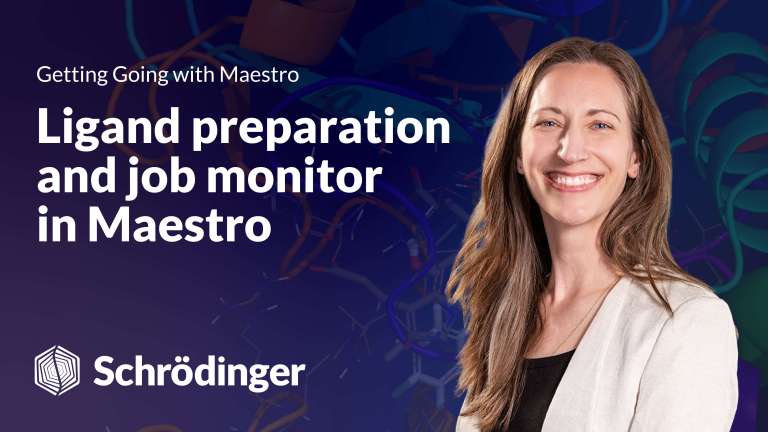 Video
Life Science
Video
Life Science
Ligand Preparation and Job Monitor in Maestro
The ninth video in the Getting Going with Maestro Video Series: ligand preparation with LigPrep, the Job Monitor, ligand alignment.
 Video
Life Science
Video
Life Science
Ligand Interaction Diagram and Generating Images in Maestro
The eigth video in the Getting Going with Maestro Video Series: the Ligand Interaction Diagram sharing images.
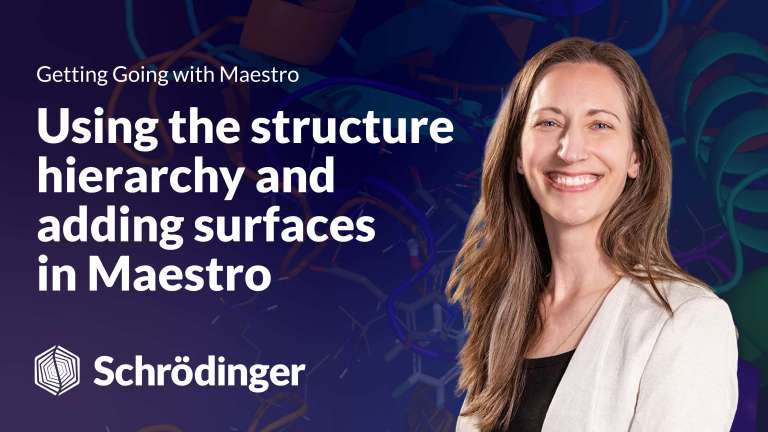 Video
Life Science
Video
Life Science
Using the Structure Hierarchy and Adding Surfaces in Maestro
The seventh video in the Getting Going with Maestro Video Series: the Structure Hierarchy adding surfaces.
 Video
Life Science
Video
Life Science
Workspace Toggles in Maestro
The sixth video in the Getting Going with Maestro Video Series: workspace toggles, the Sequence Viewer.
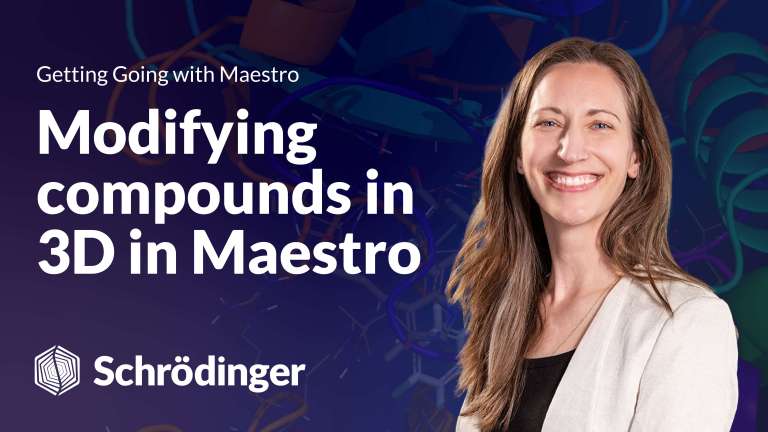 Video
Life Science
Video
Life Science
Modifying Compounds in 3D in Maestro
The fifth video in the Getting Going with Maestro Video Series: designing new compounds with the 3D Builder.
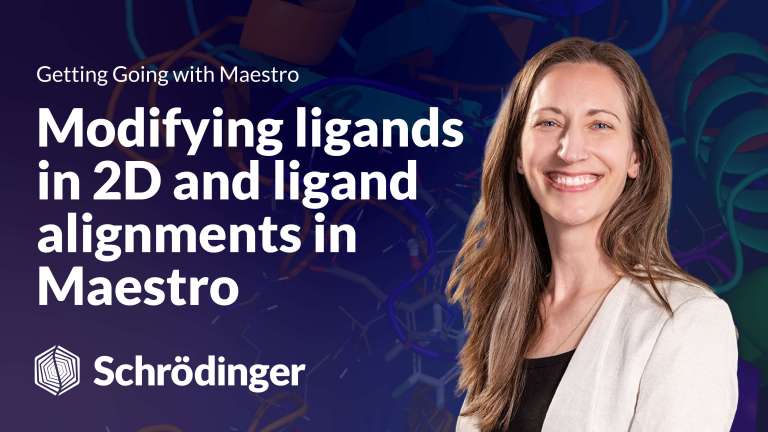 Video
Life Science
Video
Life Science
Modifying Ligands in 2D and Ligand Alignments in Maestro
The fourth video in the Getting Going with Maestro Video Series: 2D Sketcher, ligand alignment.
 Video
Life Science
Video
Life Science
Interacting with Objects and Applications in Maestro
The third video in the Getting Going with Maestro Video Series: using right-clicks in Maestro, favorites toolbar, navigating Tasks.
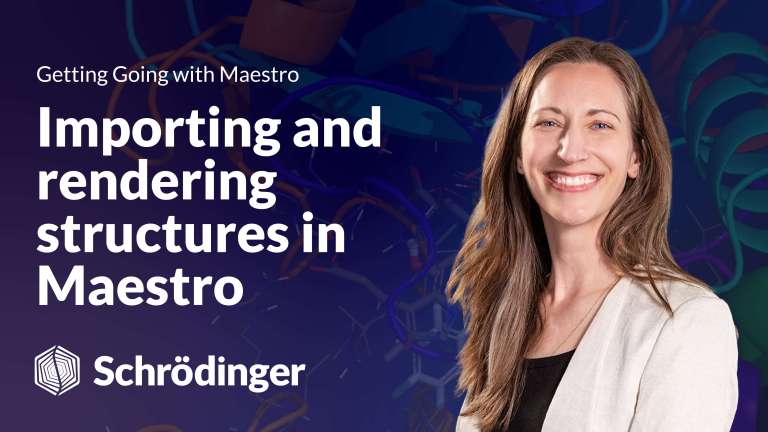 Video
Life Science
Video
Life Science
Importing and Rendering Structures in Maestro
The second video in the Getting Going with Maestro Video Series: importing structures from the Protein Data Bank (PDB), selection and inclusion, styling.
Case Studies
 Case Study
Life Science
Materials Science
Case Study
Life Science
Materials Science
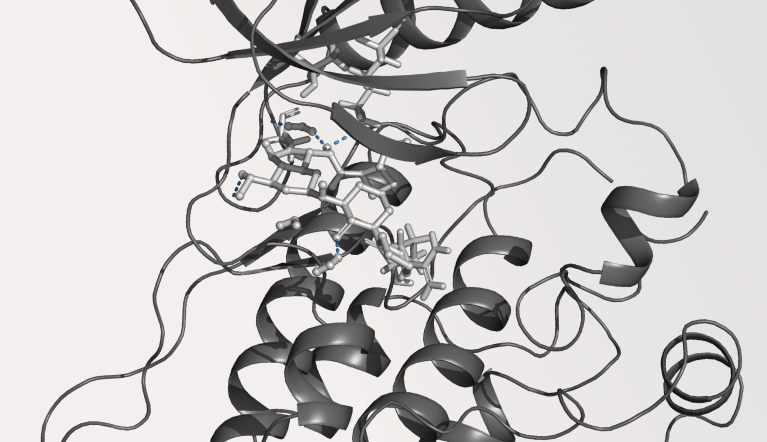 Case Study
Life Science
Case Study
Life Science
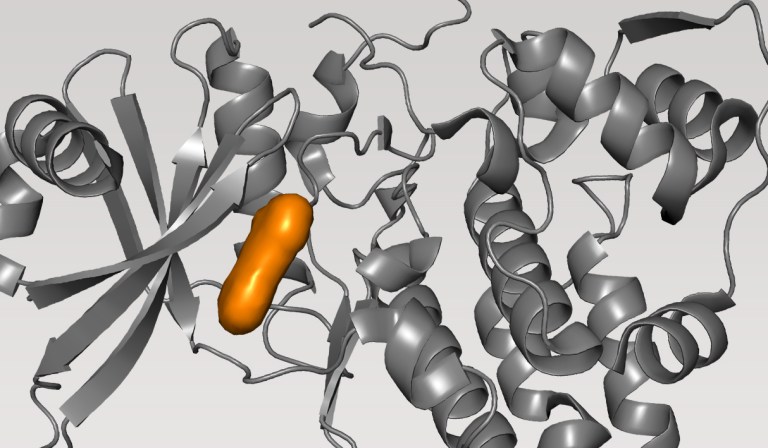 Case Study
Life Science
Case Study
Life Science
Documentation
- Documentation
Learning Path: Oligonucleotide Modeling
A structured overview of tools and workflows for nucleic acids in drug discovery.
- Documentation
WaterMap
Efficiently converged MD simulations are run with explicit water molecules, and resultant trajectories are analyzed to cluster hydration sites.
- Documentation
SiteMap
Identify binding sites, including allosteric binding sites and protein-protein interfaces, and evaluate their druggability.
Events
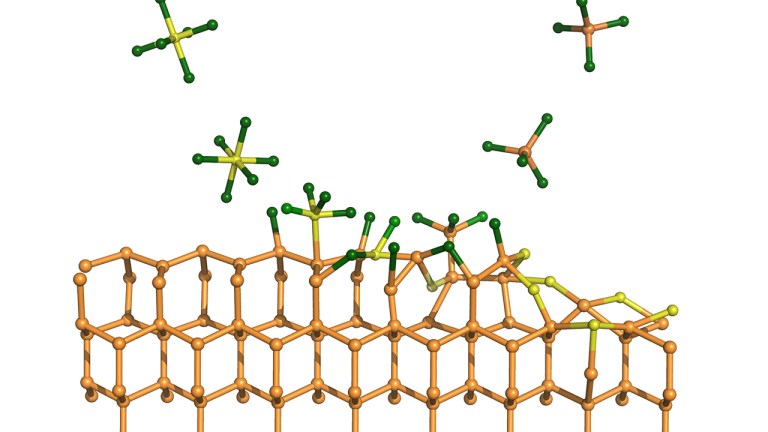 Webinar
Materials Science
Webinar
Materials Science
- Nov 18, 2025
Digital forum on atomic layer deposition: Bridging theory and experiment to design a process for silicon carbonitride
Join us as we discuss how effectively theory and experiment are working together to solve the R&D challenges facing high-tech industries.
 Webinar
Life Science
Webinar
Life Science
- Nov 19, 2025
FEP+ State of the Union: Advancing computational rigor and scaling predictivity in drug discovery
In this webinar, Robert Abel, Schrödinger’s chief scientific officer, and Schrödinger’s FEP+ experts will provide an in-depth analysis of FEP+’s latest accuracy benchmarks and its expanding domain of applicability, maintaining its position as the gold standard in the industry.
 Event
Life Science
Event
Life Science
- Nov 19, 2025
Lunch & Learn: Advanced Solutions for Medicinal Chemistry
We are inviting you to join us in an interactive and free-of-charge session on Thursday, October 23rd at the Radisson Blu Hotel, Basel for an extended version of our Lunch and Learn series.
Training Videos
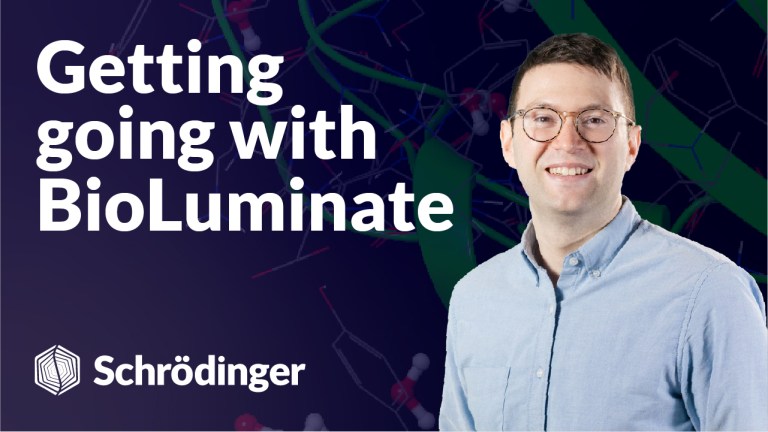 Video
Life Science
Video
Life Science
Getting Going with Maestro BioLuminate
A free video series introducing the basics of using Maestro Bioluminate.
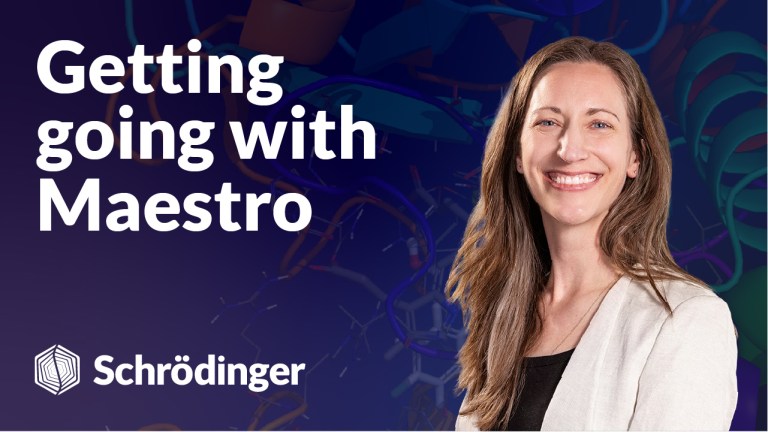 Video
Life Science
Video
Life Science
- Video
Introducing Ligand Designer
An overview of the LigandDesigner workflow, Editing in 2D and 3D, using display options and overlays, and accessing the Admin Panel.
Publications
- Publication
- Oct 13, 2025
Accelerated in silico discovery of SGR-1505: A potent MALT1 allosteric inhibitor for the treatment of mature B-cell malignancies
Nie Z, et al. J. Med. Chem., 2025- Publication
- Oct 12, 2025
Discovery of highly potent noncovalent inhibitors of SARS-CoV-2 main protease through computer-aided drug design
Okabe A, et al. J Med Chem, 2025- Publication
- Sep 17, 2025
Accurate hydration free energy calculations for diverse organic molecules with a machine learning force field
Xie, et al. ChemRxiv, 2025, 1, PreprintQuick Reference Sheets
- Quick Reference Sheet
GlideMap
A one-page guide to using the GlideMap GUI for ligand placement guided by experimental density.
- Quick Reference Sheet
Synthesis Queue LiveReport
Use Freeform columns to track the status of compounds in a synthesis queue.
- Quick Reference Sheet
Modeling Queue LiveReport
Learn how to use Freeform columns and an Auto-Update Search to create compound progression workflows.
Tutorials
- Tutorial
Structure-Based Virtual Screening using Glide
Prepare receptor grids for docking, dock molecules and examine the docked poses.
- Tutorial
Ligand Binding Pose Prediction for FEP+
Generate starting poses for FEP simulations for a series of BACE1 inhibitors using core constrained docking.
- Tutorial
Antibody Visualization and Modeling in BioLuminate
Visualize, build, and evaluate antibody models, analyze an antibody for various characteristics, dock an antigen to an antibody.
Webinars
 Webinar
Life Science
Webinar
Life Science
- Nov 19, 2025
FEP+ State of the Union: Advancing computational rigor and scaling predictivity in drug discovery
In this webinar, Robert Abel, Schrödinger’s chief scientific officer, and Schrödinger’s FEP+ experts will provide an in-depth analysis of FEP+’s latest accuracy benchmarks and its expanding domain of applicability, maintaining its position as the gold standard in the industry.
 Webinar
Life Science
Materials Science
Webinar
Life Science
Materials Science
- Nov 26, 2025
医薬品原薬形態開発における計算手法の活用
NOV 26, 2025 | 演者が考える研究段階から開発段階にかけての原薬形態選択の戦略の全体像を概説し、さらにデザインスペースの構築に計算的手法を用いた共結晶スクリーニングと、結晶構造予測による原薬形態のリスク評価の実例を紹介します。
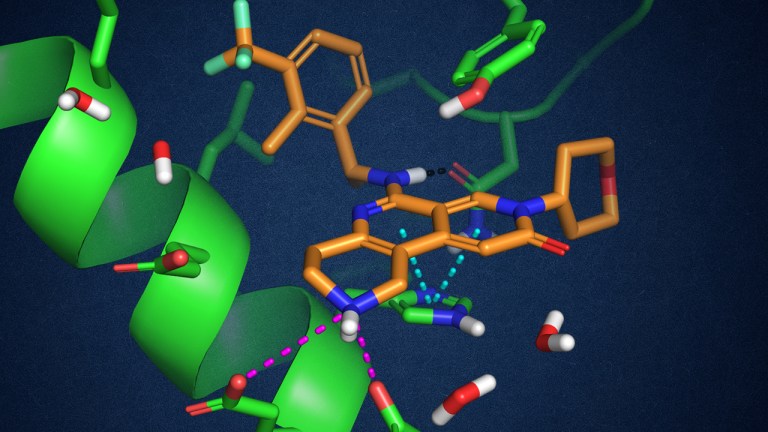 Webinar
Life Science
Webinar
Life Science
- Dec 2, 2025
Rethinking the rules: Exploiting solvent exposed salt-bridge interactions with free energy perturbation simulations for the discovery of potent inhibitors of SOS1
In this webinar, we will walk you through the SOS1 program, as well as our exploration of other examples where these salt-bridge interactions are influential.
White Papers
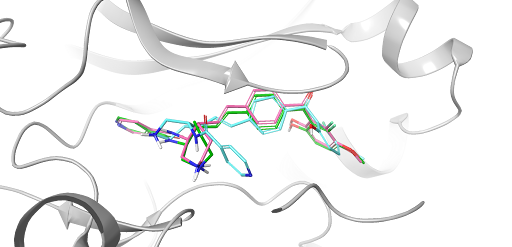 White Paper
Life Science
White Paper
Life Science
- Oct 29, 2024
20 Years of Glide: A Legacy of Docking Innovation and the Next Frontier with Glide WS
Glide has long set the gold standard for commercial molecular docking software due to its robust performance in both binding mode prediction and empirical scoring tasks, ease of use, and tight integration with Schrödinger’s Maestro interface and molecular discovery workflows.
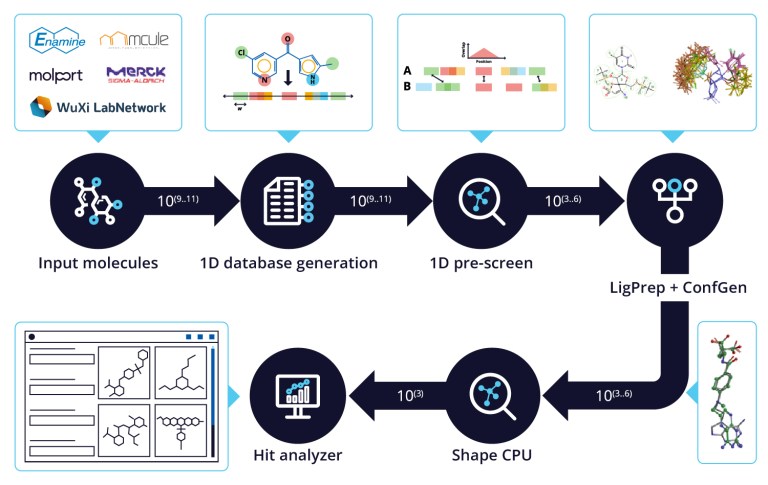 White Paper
Life Science
White Paper
Life Science
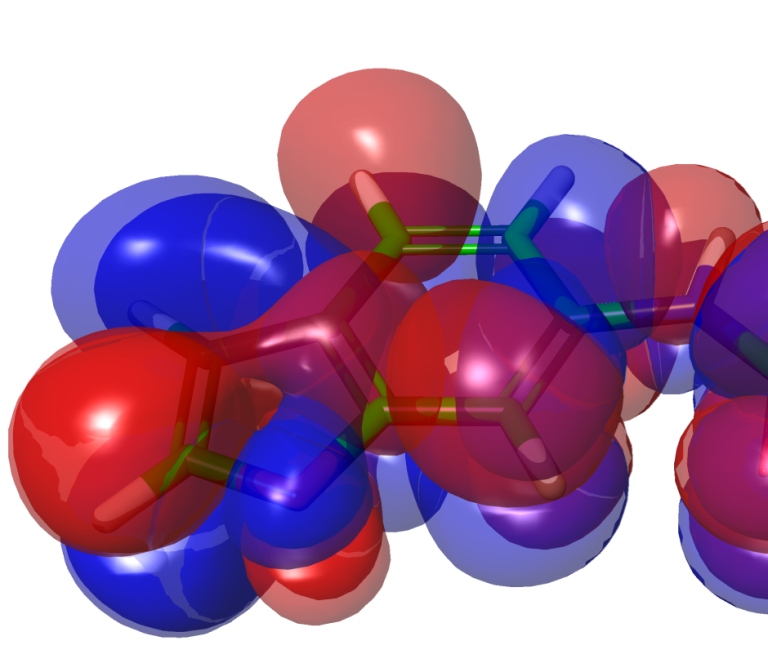 White Paper
Life Science
White Paper
Life Science

Latest insights from Extrapolations blog
Training & Resources
Online certification courses
Level up your skill set with hands-on, online molecular modeling courses. These self-paced courses cover a range of scientific topics and include access to Schrödinger software and support.
Free learning resources
Learn how to deploy the technology and best practices of Schrödinger software for your project success. Find training resources, tutorials, quick start guides, videos, and more.
